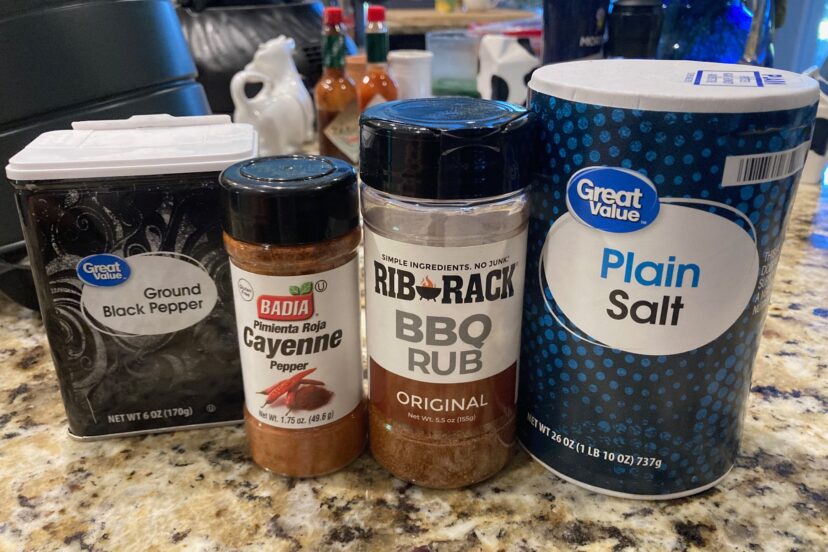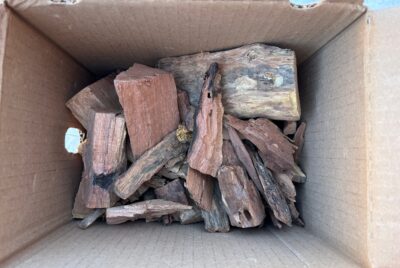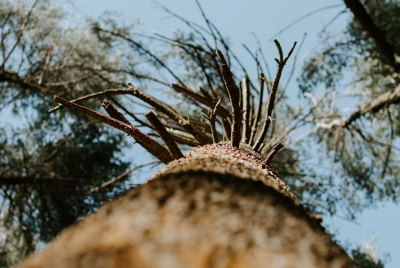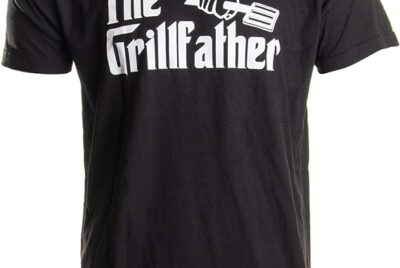Best Barbeque Rub for Pork Shoulder
Barbecue Rub for Pork Shoulder: Enhancing Flavor One Rub at a Time
I really can not emphasize this article enough! It really is the most important one that I have written to date! A barbeque rub for pork shoulder is essential! Of all the things that I talk about, tools, cleaning the grill, aprons– all of this stuff is to no consequence if you don’t get the rub right.
Barbecuing pork shoulder is not just a cooking method; it’s a culinary journey filled with tantalizing flavors and mouthwatering aromas. As an avid pig guy in the world of barbecue, I’ve discovered that the secret to elevating the taste of pork shoulder lies in the art of the barbecue rub. Let me guide you through the process of creating the perfect rub to unlock the full potential of your pork shoulder barbecue experience.
Introduction to Pork Shoulder Barbecue
Pork shoulder, also known as pork butt or Boston butt, is a cut of meat derived from the upper part of the front shoulder of the pig. So, the word shoulder is synonymous with butt. Same thing. It’s prized for its rich marbling and tender texture, making it ideal for slow-cooking methods like barbecuing. The allure of pork shoulder lies in its ability to absorb flavors, making it the perfect canvas for experimenting with different rubs and seasonings.
Importance of Barbecue Rub
At the heart of every great pork shoulder barbecue is the barbecue rub. A rub is a mixture of herbs, spices, salt, and sugar that is generously applied to the surface of the meat before cooking. Not only does it add depth and complexity to the flavor profile, but it also helps form a delectable crust, known as the bark, during the cooking process. Additionally, the barbeque rub for pork shoulder might be the most important of them all. For example, ribs… I think those can go naked! But- you can rub them too.
Key Ingredients in a Pork Shoulder Barbecue Rub
Creating the perfect rub requires a delicate balance of salt, sugar, and spices. While salt acts as a flavor enhancer and helps tenderize the meat, sugar adds sweetness and aids in caramelization. When it comes to spices, the possibilities are endless. From smoky paprika to aromatic garlic powder, each ingredient contributes its own unique flavor profile to the final product. However, many times I don’t have all the things I need in the pantry and I end up using a “Dalmatian Rub”- just salt and pepper- 50-50. Those are the two big ones!
Choosing the Right Rub for Pork Shoulder
The key to selecting the right rub lies in understanding your flavor preferences. Are you a fan of sweet and tangy flavors, or do you prefer a more savory profile? Experiment with different rub combinations until you find the perfect balance that suits your taste buds. Remember, the beauty of barbecue lies in its versatility, so don’t be afraid to get creative! I have been known to add a little red pepper to the Dalmatian- again, don’t be shy… but think about it before you get too heavy-handed.
Preparing the Pork Shoulder for Rub Application
Before applying the rub, it’s essential to prepare the pork shoulder properly. Start by trimming any excess fat from the surface of the meat to ensure optimal flavor absorption. But don’t get too carried away. While some meat tastes great “lean” (oh, and your doctor will like it better too!)- you definitely want to keep some fat on that butt for flavor. Once trimmed, generously apply the rub to all sides of the pork shoulder, making sure to massage it into the meat for even distribution. Some folks say that a “binder” is needed… but my experience is that it will just stick to a butt without binding. It will be wet enough already.
Letting the Rub Set In
Patience is key when it comes to barbecue. After applying the rub, allow the pork shoulder to rest for at least an hour, or preferably overnight, in the refrigerator. This gives the flavors ample time to penetrate the meat and work their magic, resulting in a more flavorful end product. Also, the salt in the rub will break down some of the meat fiber… making the whole thing more tender.
Barbecue Techniques for Pork Shoulder
When it comes to barbecue, low and slow is the name of the game. Start by preheating your grill or smoker to a temperature of around 225°F to 275°F. Place the pork shoulder on the grill, close the lid, and let it cook undisturbed for several hours, or until it reaches an internal temperature of 195°F to 205°F. This is JUST RIGHT! In order to know, you will need one of these thermometers.
Tips for Achieving the Perfect Bark
The bark, or outer crust, is what gives barbecue its signature flavor and texture. To achieve the perfect bark, maintain a consistent cooking temperature throughout the process and resist the urge to peek or prod the meat too often. Resist the urge to open the lid!! Additionally, consider spritzing the pork shoulder with a mixture of apple cider vinegar and water periodically to help keep it moist and enhance the flavor. I ALWAYS put a pan of water in the bottom of the cooking chamber. Some people swear by putting wood chips in that water. I have also heard of putting beer in that pan- couldn’t hurt, right?
Serving Suggestions and Accompaniments
No pork shoulder barbecue is complete without a selection of mouthwatering sides and beverages to accompany it. Classic barbecue sides like coleslaw, baked beans, and cornbread pair perfectly with the rich, smoky flavors of the pork. I MIGHT be mistaken, but I don’t think that I ever had hushpuppies with barbeque until I moved to the Carolinas. In Mississippi, where I’m from, hushpuppies are something that only goes with fried fish. But it’s a great call! I love those things! For beverages, consider serving ice-cold beer or refreshing homemade lemonade to quench your thirst and complement the meal- or some Chilly Water. Listen on this thing!!
Common Mistakes to Avoid
While barbecuing pork shoulder is relatively straightforward, there are a few common mistakes to avoid. One of the most common pitfalls is over-seasoning the meat, which can overpower the natural flavor of the pork. Additionally, rushing the cooking process can result in tough, dry meat, so be sure to allow ample time for the pork shoulder to cook low and slow until it’s tender and succulent.
Customizing Your Rub Recipe
The beauty of barbecue lies in its versatility, so don’t be afraid to experiment with different rub combinations to suit your taste preferences. Whether you prefer a sweet and spicy rub or a savory herb blend, the possibilities are endless. Get creative and don’t be afraid to put your own unique spin on traditional barbecue flavors.
Storage and Shelf Life of Rub
Properly storing your barbecue rub is essential to maintaining its freshness and flavor. Store it in an airtight container in a cool, dark place away from direct sunlight. When stored properly, most rubs will retain their flavor for several months, allowing you to enjoy delicious barbecue whenever the craving strikes.
Mastering the art of barbecue rubs is the key to unlocking the full potential of your pork shoulder barbecue experience. By selecting the right combination of ingredients, properly preparing the meat, and mastering the art of low and slow cooking, you can create mouthwatering barbecue that will have your friends and family coming back for seconds.
FAQs
What is the best type of wood for smoking pork shoulder?
Different types of wood impart different flavors to the meat. Popular options for pork shoulder include hickory, apple, and cherry wood. I don’t get too carried away with this, because it is a strong flavor, but I like Mesquite as well.
Can I use a pre-made rub or should I make my own?
While pre-made rubs are convenient, making your own allows you to customize the flavor to suit your preferences. BUT- don’t be afraid to use those ones from the grocery store. There are literally HUNDREDS available. Try them all I say! Famous Dave’s Rib Rub is my favorite, but there are bunches of them.
How do I know when my pork shoulder is done cooking?
Use a meat thermometer to check the internal temperature of the pork shoulder. It should register between 195°F to 205°F when fully cooked. I always use one that stays in the meat throughout the cooking process. It has an alarm that lets me know when it has reached the internal temperature that I want.
Can I use a barbecue rub on other cuts of meat?
Indeed! Barbecue rubs can enhance the flavor of a variety of meats, including ribs, chicken, and brisket. As a matter of fact, I use pretty much the same rub on beef brisket and ribs too.
How can I adjust the spiciness level of my rub?
To adjust the spiciness level of your rub, simply increase or decrease the amount of spicy ingredients, such as cayenne pepper or chili powder, to suit your taste preferences. For some reason, I have noticed, that black pepper doesn’t really add a lot of spiciness to the butt- go with red.





